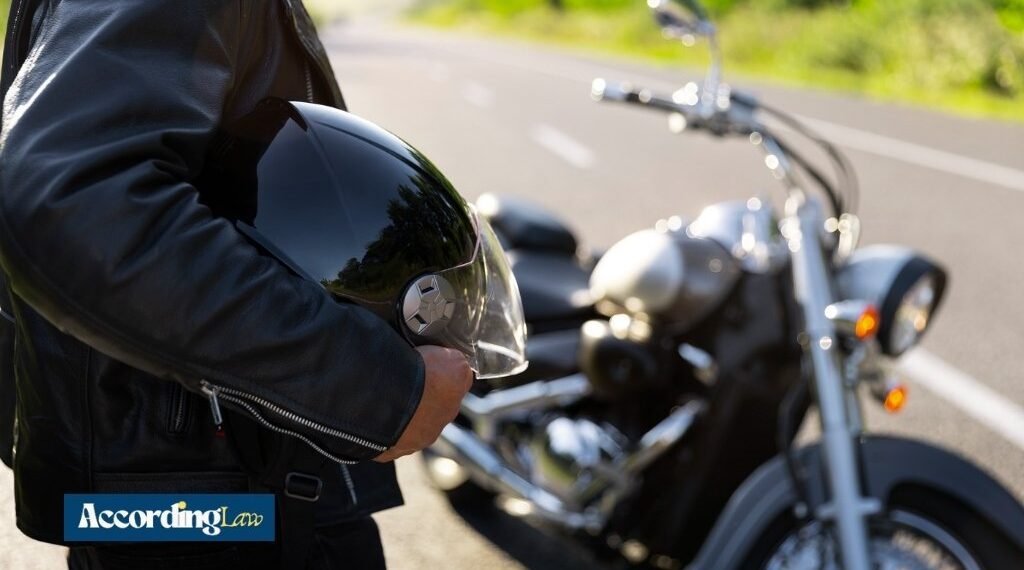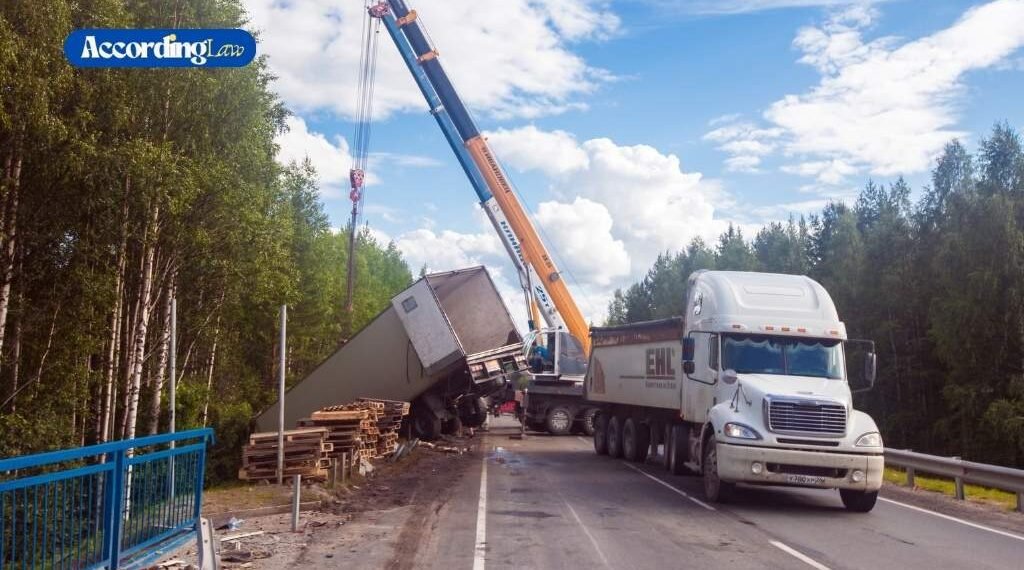Milwaukee is a lively city known for its deep roots in motorcycle culture. It’s home to the Harley-Davidson Museum and beautiful roads that many bikers enjoy riding. With scenic lakefront views and long stretches of highway, it’s easy to see why riding a motorcycle is so popular here.
But before you hop on your bike, it’s important to understand the helmet laws. Whether you’re a new rider or have years of experience, knowing the rules can keep you safe and help you avoid legal trouble. If you’re ever in a crash, a Milwaukee motorcycle accident lawyer can help explain how helmet laws may affect your case.
Here’s what you should know, explained in a way that’s easy to follow.
Table of Contents
Wisconsin’s Helmet Law
Milwaukee follows Wisconsin state law when it comes to helmets. The state does not require all motorcycle riders to wear a helmet. However, there are certain riders who must wear one by law.
If you are under 18 years old or you have a motorcycle permit (instead of a full license), you are required to wear a helmet. No matter how short the ride is or how safe you feel, the law says you must wear it.
If you are 18 or older and have a valid motorcycle license, the state allows you to choose whether or not to wear a helmet. That means adult riders in Milwaukee are not legally required to wear one, but it’s still highly recommended.
Why Wearing a Helmet Matters
Even if it’s not the law for everyone, wearing a helmet is one of the best ways to protect yourself. A helmet can prevent serious head injuries or even save your life in a crash.
Studies show that helmets reduce the risk of death in a motorcycle accident by almost 40 percent. They also lower the chance of brain injury by more than 60 percent. That’s a big deal when every second counts.
Helmets aren’t just about safety, though. If you’re in an accident and not wearing one, it could affect your insurance claim or personal injury case. A Milwaukee motorcycle accident lawyer can tell you how your choice to wear or not wear a helmet might impact your rights.
Helmet Safety Standards
If you do wear a helmet, make sure it meets safety standards. In the U.S., helmets should be approved by the Department of Transportation, or DOT for short. Look for the DOT sticker on the back of the helmet. This means it has passed safety tests and offers real protection.
There are also different styles of helmets. Full-face helmets offer the most coverage, while half-shell helmets leave parts of your face and head exposed. Any helmet is better than none, but one that covers more will give better protection.
What About Passengers?
Just like drivers, motorcycle passengers under 18 must wear helmets too. If the driver is required to wear a helmet, so is the passenger. It doesn’t matter if the passenger is only riding a short distance, if they’re underage or the driver has a permit, helmets are a must.


